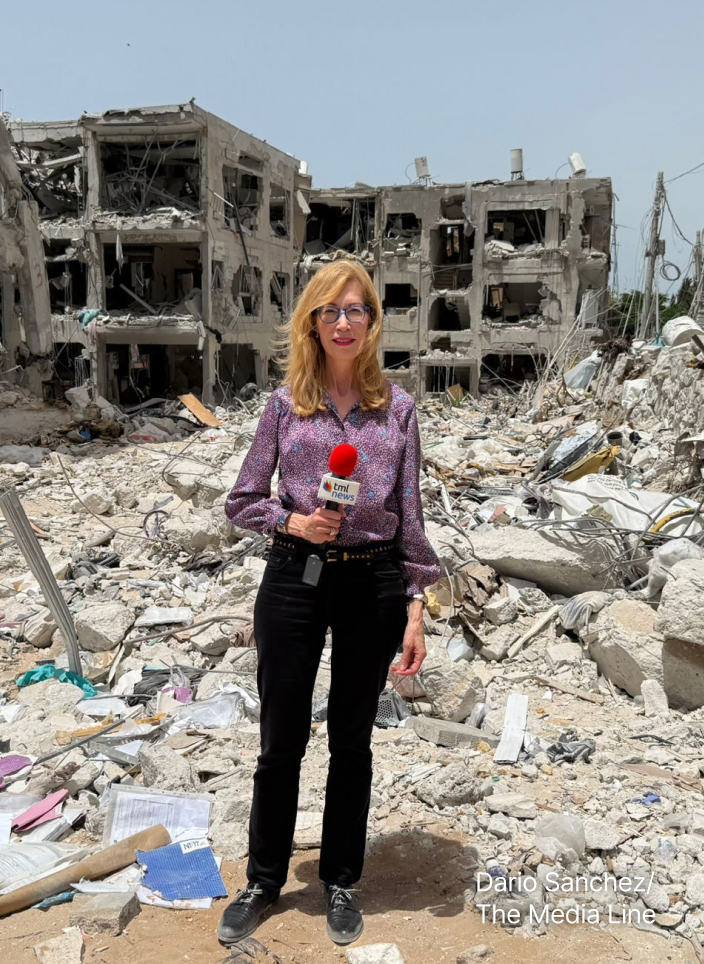Rial Hits New Low Amid Ongoing Iranian Unrest, Stall in Nuke Deal Talks
Government stoking inflation by printing money to cover deficit
The Iranian rial fell to a historic low against the dollar earlier this week as six weeks of daily protests against the regime continued throughout the country. The demonstrations erupted due to the death of 22-year-old Mahsa Amini in the custody of the morality police, whose agents severely beat her while arresting her for not wearing her headscarf correctly. She died in hospital.
The nationwide protests have generated clashes between citizens and the Iranian security forces, which have left hundreds of protesters dead, although exact numbers are uncertain due to the government’s censorship.
Informed observers have described the wave of demonstrations as one of the greatest challenges the people of Iran have posed to their government since the Islamic Revolution 43 years ago.
In 2015, when the first nuclear deal was signed and the economic sanctions imposed on Iran were lifted, 32,000 Iranian rials were traded for $1. Today, $1 is exchanged for around 338,000 Iranian rials.
John Payne, senior economist at Oxford Economics, told The Media Line that households in Iran already struggle with one of the highest inflation rates in the world, which significantly impacts their quality of life.
In particular, he added, “food price inflation has a materially larger impact upon citizens’ day-to-day lives, because of fairly inelastic demand. The price of food has been increasing severely, as high as 87% year-over-year in July, in part due to the Russian invasion of Ukraine.”
“The rial’s sharp loss in value has fueled inflation and reduced the availability of foreign goods in Iran, thus affecting the living standards of ordinary Iranians,” said Thomas Gratowski, a geopolitics expert who heads Global Counsel’s MENA office in Doha.
Give the gift of hope
We practice what we preach:
accurate, fearless journalism. But we can't do it alone.
- On the ground in Gaza, Syria, Israel, Egypt, Pakistan, and more
- Our program trained more than 100 journalists
- Calling out fake news and reporting real facts
- On the ground in Gaza, Syria, Israel, Egypt, Pakistan, and more
- Our program trained more than 100 journalists
- Calling out fake news and reporting real facts
Join us.
Support The Media Line. Save democracy.


He told The Media Line that, as the rial dropped to its lowest level against the US dollar, the stock exchange of Tehran has seen people withdrawing their capital.
“We expect the [current] unrest to be negatively impacting upon the economy, as businesses are not operating at usual capacity,” said Payne, explaining that it is likely to cause a significant slowdown in economic activity.
This, he said, “will curtail the already fragile recovery from the COVID-19 pandemic, given the lack of progress on the Joint Comprehensive Plan of Action (JCPOA).”
He added that it was difficult to estimate the economic impact, as the government had ceased publication of all official data.
According to Payne, Tehran hoped to return to the JCPOA talks after next week’s midterm elections in the United States. “A deal would mean a significant boost to the [country’s] economy,” he said.
Gratowski, however, believes that the government’s response to the protests has diminished the prospect of a revived nuclear deal. Since the US withdrawal from the JCPOA in 2018, which meant the reimposition of sanctions on Iran, “the rial has taken another nosedive,” said Gratowski.
Despite its increasingly worthless currency, the Islamic Republic has still been able to export oil, and it has reduced its imports from the rest of the world, to counter the damage the sanctions cause.
“The supreme leader calls it a ‘resistance economy,’ which is just another term for import substitution,” he said. He noted that Tehran has also tried to deepen relations with Beijing and Moscow and to attract foreign investment.
An Iranian economist, who spoke on condition of anonymity, told The Media Line that, as Iran is an oil-rich country, its main income derives from oil and oil product sales, despite sanctions. “As long as they sell oil, they have an income, which they can spend any way they please. By ‘they,’ I mean the government and high-ranking individuals,” he said, adding that “the government will go to any length to hold on to power. Any length.”
But all in all, Gratowski continued, “I struggle to see how Iran could survive under the current conditions for many more years.”
Payne said it was likely that the disruption and uncertainty would contribute to further inflation of the Iranian currency, “which can remain very high until at least mid-2023, meaning the difficulties for households working with constrained incomes will persist.”
The main driver of the rial losing value against major currencies, he added, is excessive monetary stimulus by the central bank. For instance, added Gratowski, “the central bank has been printing money to fund the government’s budget deficit, which has fueled inflation.” He believes this could ensure the government’s ability to pay for the security services that keep it in power.

